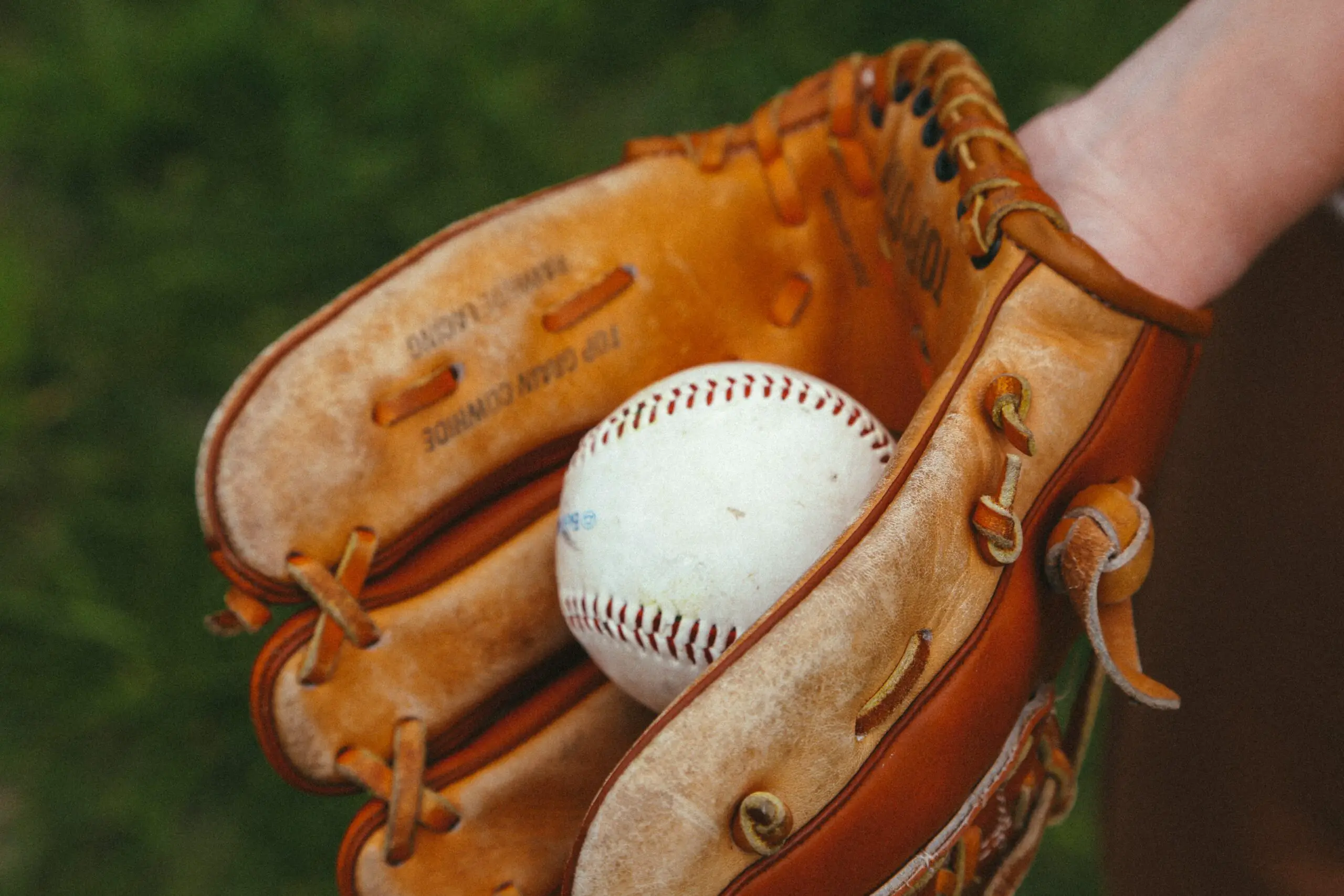This article may contain affiliate links. For details, visit our Affiliate Disclosure page.
Baseball is a fun and competitive game to play. Even watching, there’s so much excitement and fun. Well, in baseball, a catch is done when a fielder gets possession of a batted ball before it touches the ground and is in possession until they knowingly give out the ball. In this article, everything about a baseball catch will be discussed, from what it means to make a catch, to when it does not count and the rules guiding it. Let us know more detail about ‘What Happens If You Catch A Baseball?’.

What Happens If You Catch A Baseball?
Immediately a catch happens, and the hitter or batter is out or said to have flown out. When this happens, the runners can be taken out if one of the fielders who have the ball reaches the beginning ahead of them. This is what happens when a ball is caught in baseball.
When a Catch Does Not Count?
In this section, we will explain what it means when a catch does not count. Some situations seem to be a catch but aren’t.
- Catch with equipment: When you make a catch with a cap, in the pocket of the uniform, or with other parts of the uniform, it is not considered a catch. The only equipment to use to catch the ball is the glove.
- Dislodged Ball: if immediately after possessing the ball, the ball dislodges when you are involved in a collision with a player or a wall/fence, or when you fall to the ground, then it is not to be a catch.
- Fly ball touched by fielder: It would not be considered a catch if a fielder gets to touch a fly ball. A ball which redirects against a team member of the offensive team or a referee (umpire), and finally gets caught by another defensive player. However, if you get to touch a fly ball and redirect it straight to yourself or another fielder who then recovers the ball, that is considered to be a catch.
- The pitched ball strikes the catcher: It would not be considered a catch when, on a third strike, a ball that is pitched strikes the catcher or referee (umpire) and is eventually caught by the person catching on the rebound.
- The pitched ball enters the catcher’s clothes: In a situation in which a pitched ball lodges in the clothing or gear of the person set to catch a ball, it will not be considered a catch.
Some Rules Involved in a Catch
For everything to be in order in life, rules and guidelines have to be put in place. The same goes for every sport. Some rules guide athletes in the game on the field of play. In baseball, the catch is one of them. Rules involved in catching during a baseball game are given below.
- When on the transfer: Once a fielder lets go of the ball when still in the act of throwing after a catch, it will be considered to be a catch. This is commonly seen as not going after the ball on the transfer. If there was an intention to throw the ball then it would be called quite generous.
- Detection of a fly ball: Once a fielder gets a touch on a fly ball and the ball is redirected to another fielder, who eventually catches the ball, this will not be an illegal catch.
- Tagging up by a runner: To judge and know if a runner tags appropriately, before moving on a caught fly ball, the runner can move when a fly ball is touched at first contact. This happens in situations in which a fly ball is redirected before eventually being caught. The purpose of this type of rule is to avoid a fielder knowingly redirecting a fly ball to keep the base of runners at the same time, coming closer to the infield.
- Getting outside the gameplay spot: A fielder can move over a wall, rope, or boundary equipment of out-of-play to make a catch. Mind you, when you get somewhere, interference cannot be called if a viewer stops the fielder from making the catch.
- Getting in the dugout: A fielder can move into a dugout to make a catch by having one or two feet on or over the space of play, and no foot on the ground in the dugout.
- Knowingly dropped fly ball: Once a fielder knowingly drops a fly ball after touching it, when runners are still on the field, which brings about a force out on the field, the hitter is out and the people running will go back to their starting position. However, if the ball drops untouched, this rule won’t be applicable.
- The fielder falling in a dead zone: once after making a good catch, a fielder enters into a dead zone, the catch will be allowed. Therefore, the out will be given, but the ball will be dead. All runners will be given a start.
Conclusion
Now We’ve learnt about ‘What Happens If You Catch A Baseball?’, The information in this article is guidelines for current and aspiring baseball players when it comes to catching rules and guidelines that should be known when playing the game of baseball. It would help lovers of baseball and viewers understand the sport of baseball as it has to do with a catch.